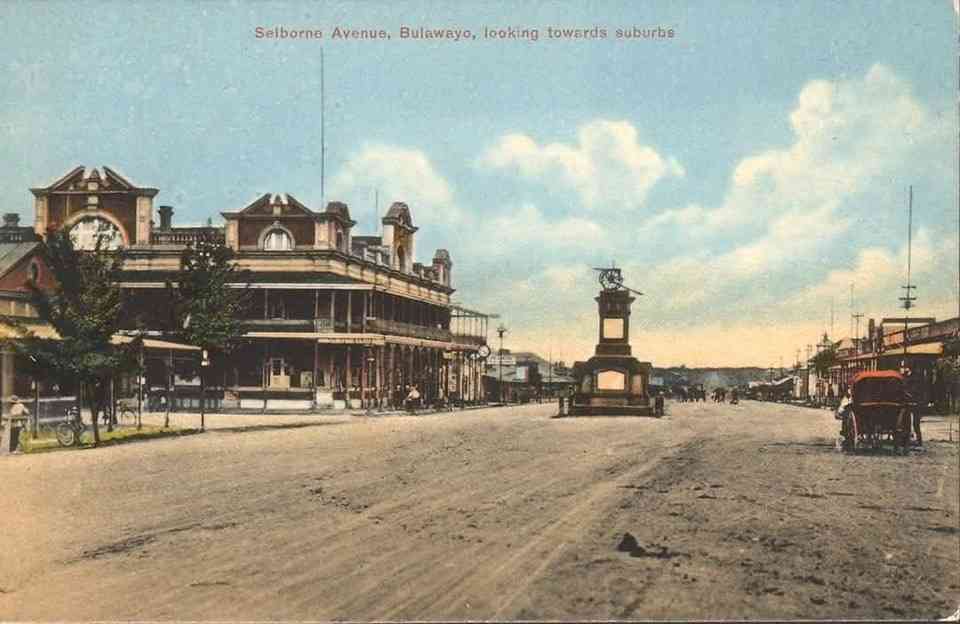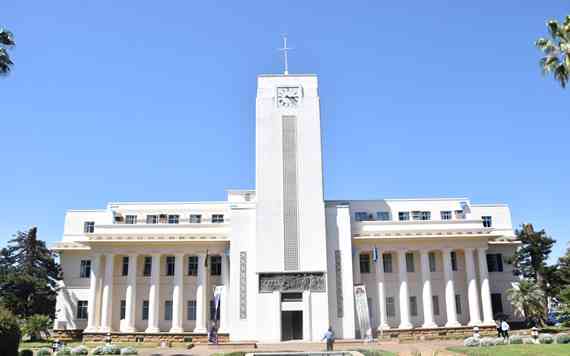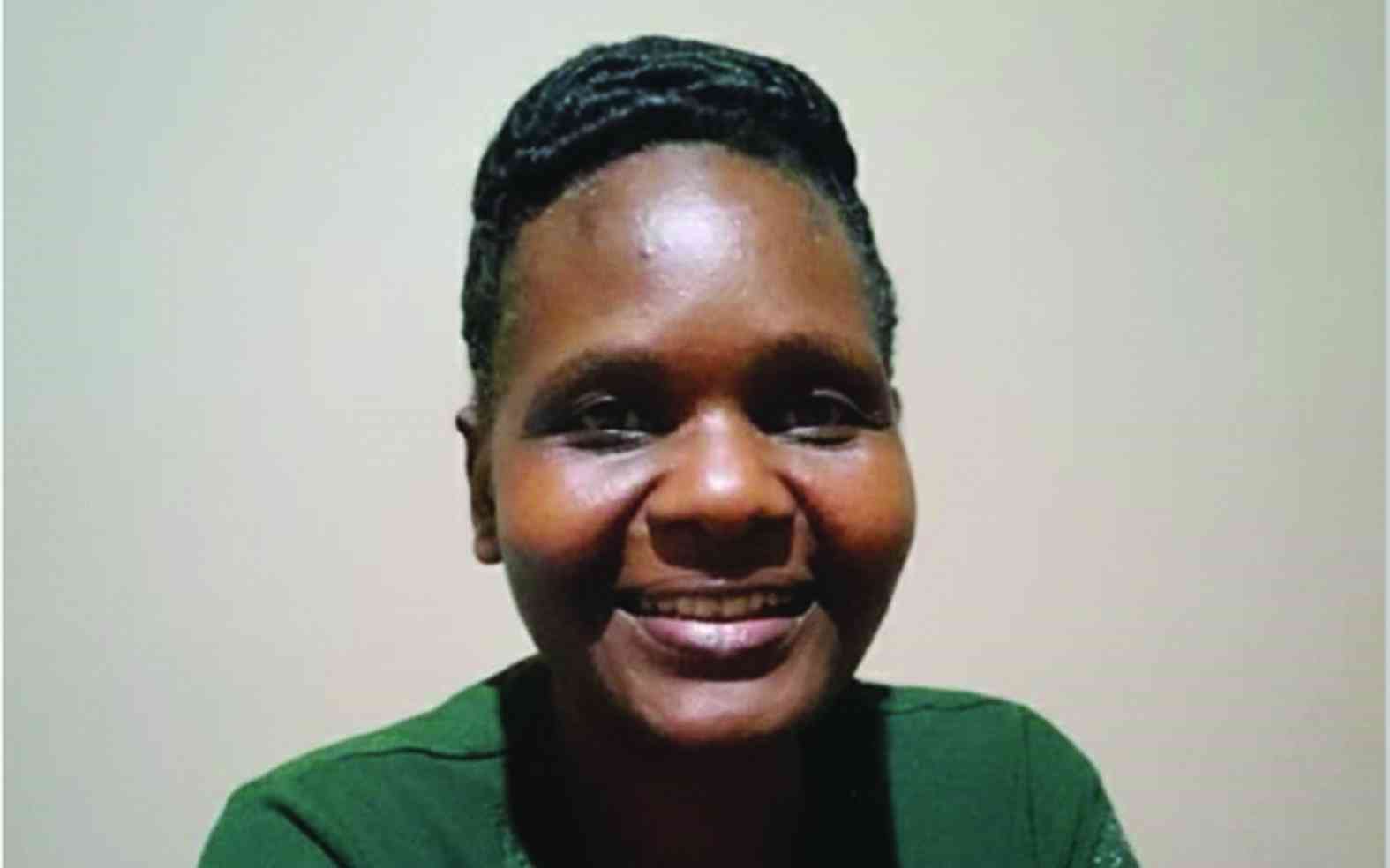
Once hailed as the industrial heart of Zimbabwe, Bulawayo's story was for decades narrated by the rhythmic hum of its factories.
The city, which marked 82 years since its founding yesterday, carries a legacy built on manufacturing might.
Its factories were the nation's workshop, producing everything from motor vehicles and textiles to electronics, and significantly contributing to the country's export earnings.
For generations, this industrial prowess provided a foundation of stable, well-paid employment, shaping the city's identity and fueling its growth.
The iconic image of factory chimneys spewing smoke was not just a scene from the past; it was a symbol of a city in constant, productive motion, a reality so embedded in local life that it found its way into the lyrics of beloved musicians.
Today, that iconic smoke has largely vanished.
Bulawayo has experienced a painful period of rapid deindustrialisation, a process that has left its industrial parks filled with shuttered factories, rusting machinery, and abandoned warehouses.
This decline is not merely a symptom of global economic shifts but a complex crisis rooted in decades of local economic mismanagement, policy inconsistency, and investor flight.
- Revisiting Majaivana’s last show… ‘We made huge losses’
- Edutainment mix: The nexus of music and cultural identity
- ChiTown acting mayor blocks election
- Promoter Mdu 3D defends foreigners 30 minute set
Keep Reading
The collapse was systemic: Core industries like the Cold Storage Commission, once the largest meat processor in southern Africa, leading to a situation where "local factories sit idle, workers are laid off, and small businesses struggle to survive."
The human cost of this industrial exodus has been immense.
Widespread job losses have led to a massive skills drain, as many of the city's brightest and most ambitious have been forced to seek opportunities elsewhere, either in Harare or abroad.
The city's bustling retail outlets have been subdivided into tiny stalls for informal traders, a stark visual representation of a formal economy in retreat.
Government attempts at revival, such as the Distressed Industries and Marginalised Areas Fund, were widely seen as too little, too late, failing to stem the tide of collapse .
Despite these profound challenges, the story of Bulawayo at 82 is not one of surrender.
The recent 65th Zimbabwe International Trade Fair showcased this new spirit, with the city adopting the theme Industrialisation — The Pathway to a Smart and Sustainable City.
This forward-looking vision seeks to leverage digital innovation, Internet of Things, and the Fourth Industrial Revolution to unlock new economic pathways.
Key to this renewal is a deliberate shift towards a more diversified economy.
The city is now courting investment in renewable energy, modernised public transport, and tourism, including ambitious proposals for new five-star hotels.
There is a growing recognition of the potential in the creative economy and sports, sectors that "hold massive potential" for inclusive job creation, particularly for the youth.
Furthermore, initiatives like the planned municipality development bank aim to unlock capital for critical infrastructure, while a long-term ambition to become a carbon-neutral city by 2050 positions Bulawayo as a future-focused, environmentally responsible destination .
As Bulawayo reflects on its 82-year journey, it stands at a critical crossroads.
The nostalgia for its industrial past is powerful, but it cannot be the compass for the future.
The city’s motto, MasiyePhambili — forward in development — has never been more relevant.
The path forward requires a honest acknowledgment of the policy failures and mismanagement that led to its decay.
By harnessing its resilient spirit, investing in its people, and boldly embracing a new economic model, Bulawayo can transform its narrative.
The goal is not to resurrect the smokestacks of yesterday, but to build a new, vibrant, and sustainable urban center that honours its industrial heritage while confidently stepping into the future









